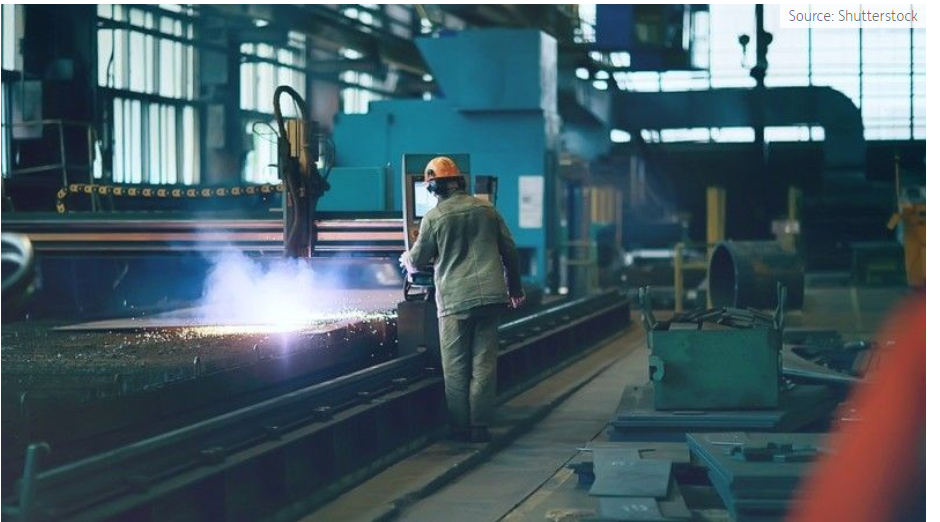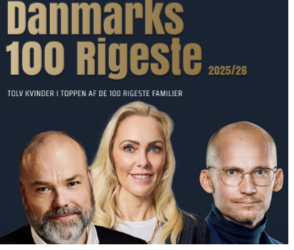Indekset for den kinesiske industriproduktion, PMI, faldt i oktober til 49,2 point mod 49,6 point i september, og da tallet er under 50, er der tale om en nedgang i produktionen. Også servicesektorens PMI faldt, til 52,4 mod 53,2, men aktiviteten i sektoren er altså positiv. ING venter, at nedgangen er midlertidig, fordi det hænger sammen med energi- og forsyningsproblemer samt politiske beslutninger, f.eks. med indgreb for at reducere produktionen af el og for at standse de enorme prisstigninger i byggesektoren. Betydelige reformer er på vej i erhvervslivet og økonomien.
Further contraction of China manufacturing PMI from policy shock
October’s manufacturing and non-manufacturing PMI demonstrated the effects of intensive policy actions to the economy. We believe that sudden shutdowns of electricity generators is not likely to happen again. Deleveraging reform on real estate developers will continue to put pressure on non-manufacturing PMI
Deeper contraction of manufacturing acitivties
Manufacturing PMI fell to 49.2 in October from 49.6 in September. The biggest impact came from the sudden stoppage in electricy generators in some locations, which brought to a total halt electricity supply for factories as well as for households. Some factories could not operate for a few days in October, which resulted in manufacturing activities contracting even more than a month ago.
We expect this kind of sudden stoppage in electricity supply will not happen again. But scheduled limited electricy supply will continue, which is normal for China during the winter. So on a yearly basis it should not show an obvious decline in industrial production in November and December for this reason. But PMI is a monthly comparison data, so further contraction in manufacturing PMI could be possible.
Another factor that could continue to derail next month’s manufacturing PMI is new orders and new export orders, which are in contraction at 48.8 and 46.6, respectively. Domestically, there are still many policies in place, which would affect employment and therefore demand for goods. Internationally, the export season for China should come to an end in November, and demand could be soft due to another round of Covid outbreaks in various economies.
Non-manufacturing PMI edged lower for real estate activities
Non-manufacturing PMI fell to 52.4 in October from 53.2 in September. The key reason comes from the real estate sector, which had lower sales volume. The deleveraging reform in the real estate sector will continue despite more developers being at risk of defaulting on their bonds. So we expect the selling activities from the real estate sector should continue to edge downward.
Another reason for a lower non-manufacturing PMI came from another policy, which is the shutdown of tuition centres.
Both policies’ side effect is a bigger rise in unemployment or a lower level of wage rate – even people can find a new job as jobless people usually ask for a lower salary. As such this affects overall consumption.
China has decided to adhere to the zero Covid policy, which means opening the borders with fewer days of quarantine may not happen in 2021 or even the first half of 2022. This will continue to affect demand for tourism-related services.



